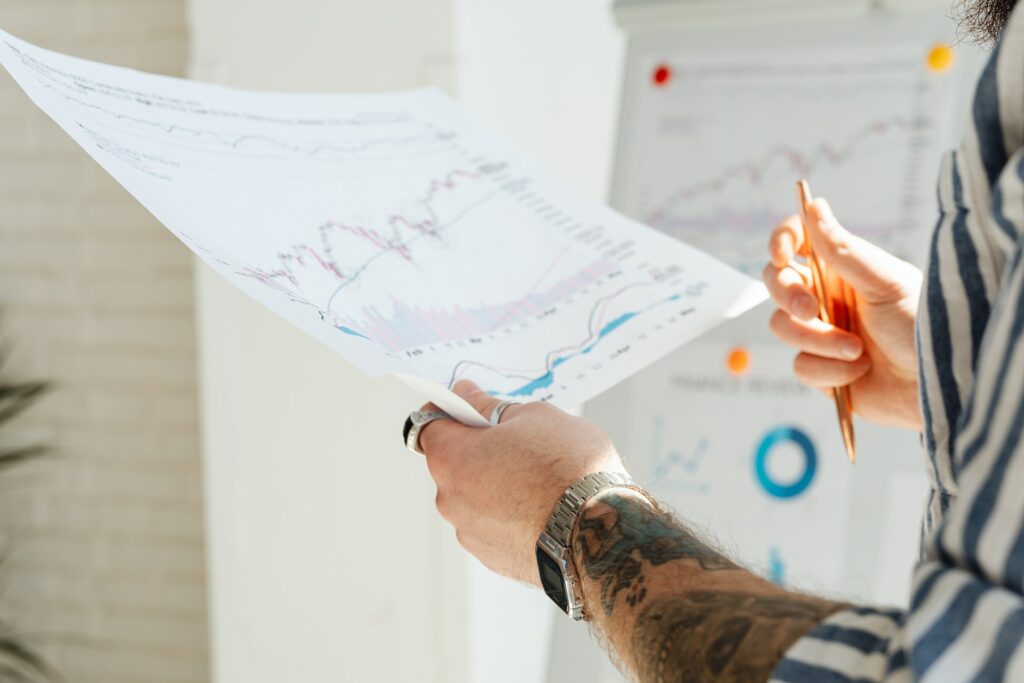Making your first steps in Forex trading? Confused by all the foreign words and jargon used by experienced traders? This guide is for you! Here, we will explain some of the most common terms and phrases used in Forex trading, so that you can feel more confident about entering the market. We'll also give you a few tips on how to stay informed and up-to-date with the latest industry news. Thanks for reading - let's get started!
Currency Pair
Every currency trade involves two currencies, known as a currency pair. For example, if you are buying Euros using US dollars, the currency pair would be EUR/USD. The first currency in the pair is known as the base currency, while the second is known as the quote or counter currency. In most cases, the base currency is more valuable than the quote currency - this means that you will need to pay more for the quote currency to purchase one unit of the base currency. Currency pairs are always traded in pairs, and their exchange rate fluctuates based on economic conditions around the world.
Pip
A pip is a unit of measurement used to track changes in a currency pair's exchange rate. Most currencies are quoted to four decimal places, meaning that a pip is equal to 0.0001 of the currency. For example, if the EUR/USD exchange rate moves from $0.1234 to $0.1235, this would be considered a one-pip move. Pips are used by traders to calculate profits and losses on their trades.
Spread
The spread is the difference between the bid and asks the price of a currency pair - in other words, it is the cost of buying or selling a currency. When you open a trade, you will need to pay the spread to enter the market. The size of the spread varies depending on market conditions and which currency pair you are trading. For example, major currency pairs like EUR/USD usually have a smaller spread than more exotic pairs like GBP/NZD.
Leverage
Leverage is a tool that traders can use to increase their exposure to the market. When you open a leveraged trade, you are essentially borrowing money from your broker to amplify your profits (or losses). Leverage is expressed as a ratio, for example, 50:01. This means that for every $50 you invest, your broker will lend you $01 - giving you a total investment of $51. It's important to remember that leverage can work both ways and that it can magnify your losses as well as your gains. That's why it's important to use leverage responsibly and only with money that you can afford to lose.
These are just a few of the most common terms used in Forex trading. By familiarizing yourself with this vocabulary, you'll be one step closer to becoming a successful trader. Stay tuned for our next blog post, where we'll discuss some of the different types of orders that you can place when trading Forex. Thanks for reading!
